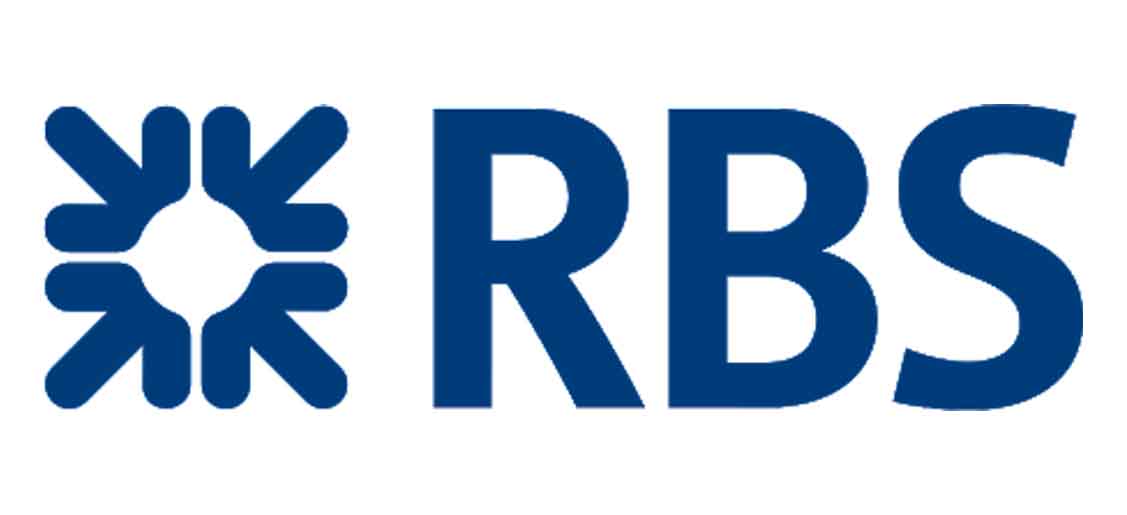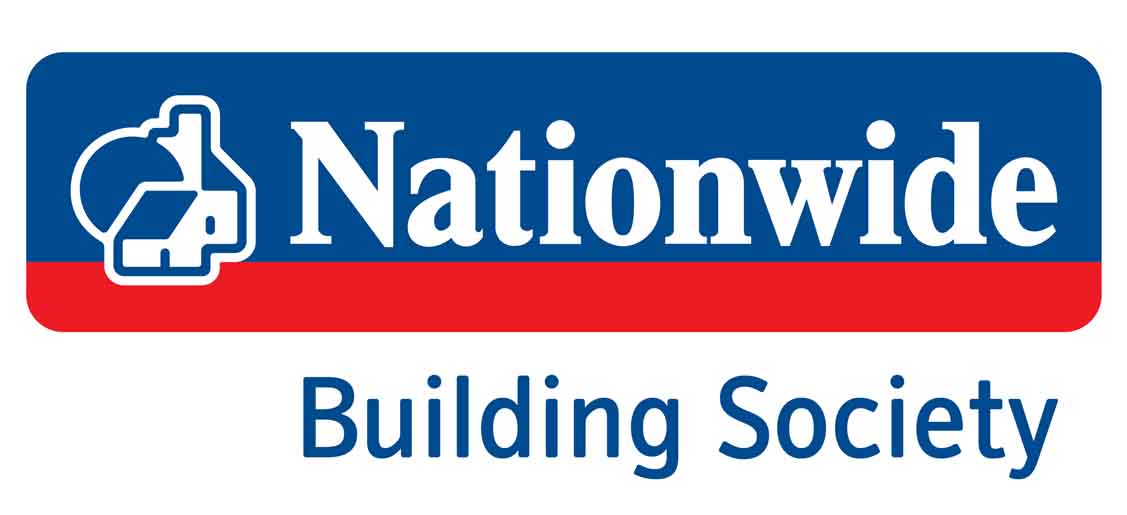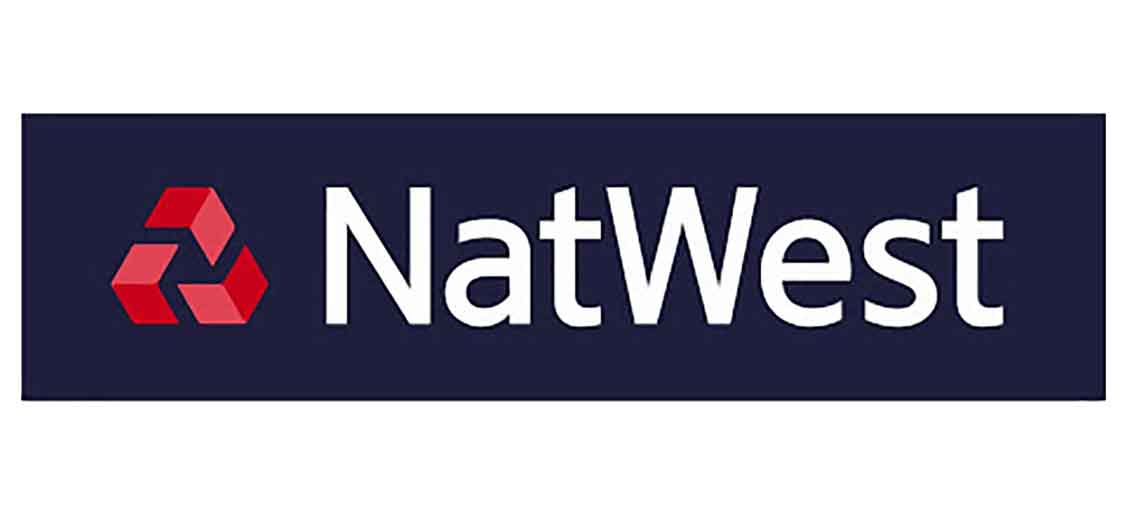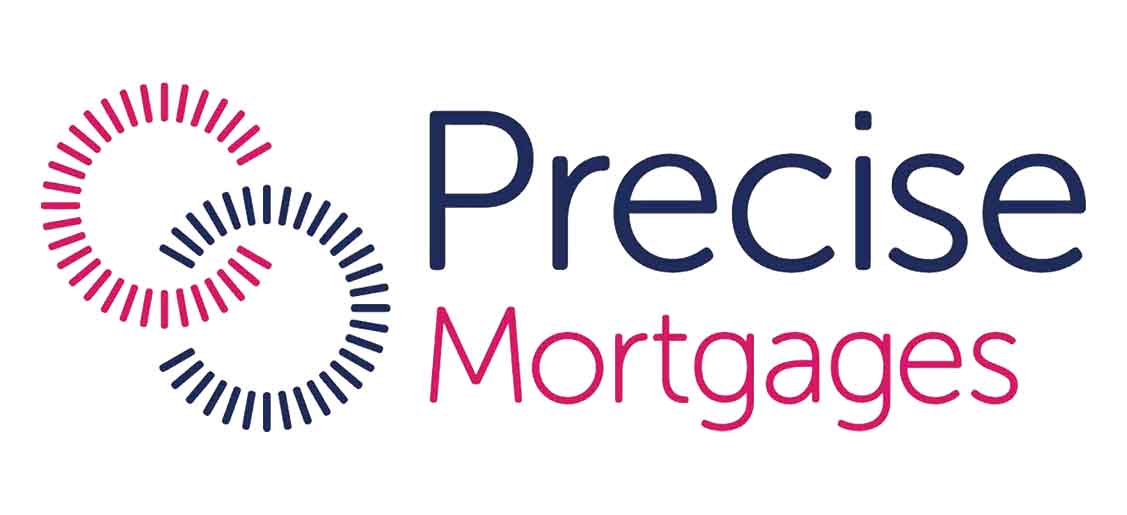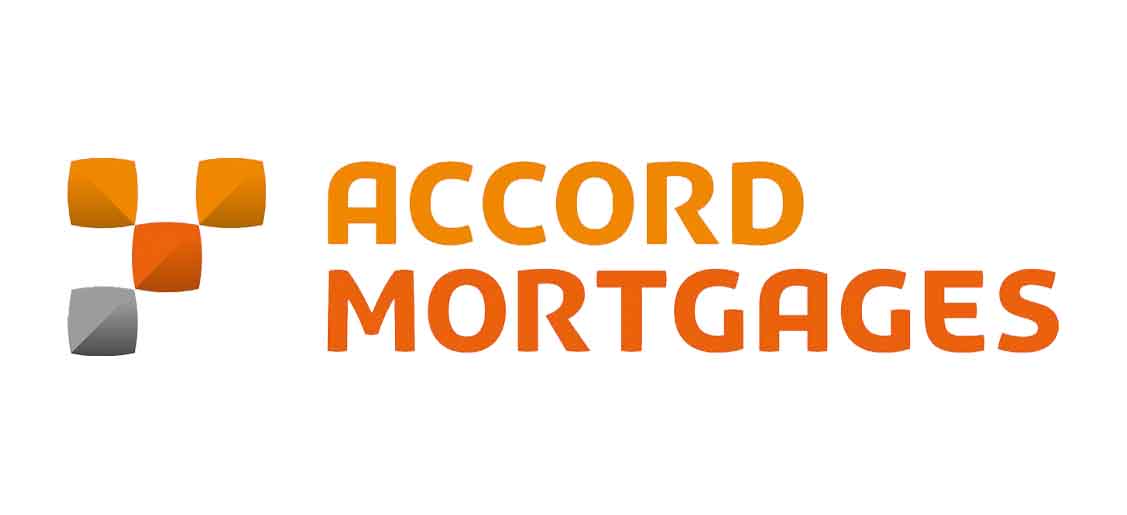How is Buy to let affordability calculated?
Conquering Buy-to-Let Affordability: How a Mortgage Broker Can Help
The buy-to-let market offers an enticing path to property investment and potential long-term wealth creation. But before diving in, securing affordable financing is crucial. This is where a buy-to-let mortgage broker becomes your key ally. Let’s explore how their expertise can empower you to navigate affordability challenges and unlock successful buy-to-let opportunities.
When it comes to borrowing on your buy to let property the way mortgage lenders work out what they can lend to you is calculated quite differently to how they calculate if you were buying the home yourself to live in.
Firstly they will factor in if you have any income and at what level to understand if you can meet your own living costs without being reliant on the rental income.
They will then ask you to confirm what the property currently is or will be rented out for per calendar month and how much deposit/equity there is available.
Once they have determined the mortgage amount requested they will apply a “stress test” rate to this, so even though you may only be paying 2-3% they will be potentially working off a “stress test” rate which could be as high as 5-6%.
Then they will apply another stress figure on top typically related to what tax band you fall into and the type of ownership of the property (If in your own name or a Ltd company) which is typically where they add 25-45% on top of that.
The end result of this calculation is the rental income per month the property will need to generate to achieve the mortgage amount requested. If there is a shortfall this can be sometimes made up by the lender taking some of your earned employment income into consideration or alternatively you will need to borrow a lesser amount and therefore have to put more down as a deposit.
Most Buy-to-Let Mortgages are not regulated by the Financial Conduct Authority.
Let’s look at an example.
Property of £200,000
Deposit of 25% £50,000
Mortgage of £150,000
Stress rate of 5.50% with a basic rate taxpayer banding of 25%
£150,000 Mortgage X 5.5% Stress tested X 125% rate banding= £10,313
So on the above example, the property would need to attract at least £860 pcm in rental income.
Minimum deposit required is typically 25% but some lenders can accept 20%
This can be a very complex calculation, and there are numerous factors to consider. Each lender has their own stress test calculations, different criteria, varying rate bandings and also, depending on whether you take a 2 or 5 year fixed rate, the calculations are assessed differently.
So speak with your mortgage broker, who will be able to research the options available to you and confirm your borrowing levels.
Read on to find out what’s the implications of different buy-to-let ownership structures are in “Personal vs Ltd company ownership”
Simplifying the Application Process
Applying for a buy-to-let mortgage can involve complex paperwork and negotiations with lenders. A broker streamlines this process by:
Sourcing the best deals: They have access to a wider range of lenders than you might find on your own, increasing your chances of securing a competitive rate.
Handling the paperwork: They can guide you through the application process, ensuring all the necessary documentation is gathered and presented correctly.
Negotiating with lenders: Their experience allows them to advocate for you and negotiate the best terms possible on your behalf.
The benefits of using a broker extend beyond affordability. They can offer valuable insights on:
Market trends: Their knowledge of the local property market can help you identify areas with good rental yields and potential capital appreciation.
Tax implications: They can connect you with tax advisors who can explain the tax considerations of buy-to-let investments.
Ongoing property management: Some brokers can refer you to reputable property management companies if you don’t plan to handle tenant issues yourself.



















